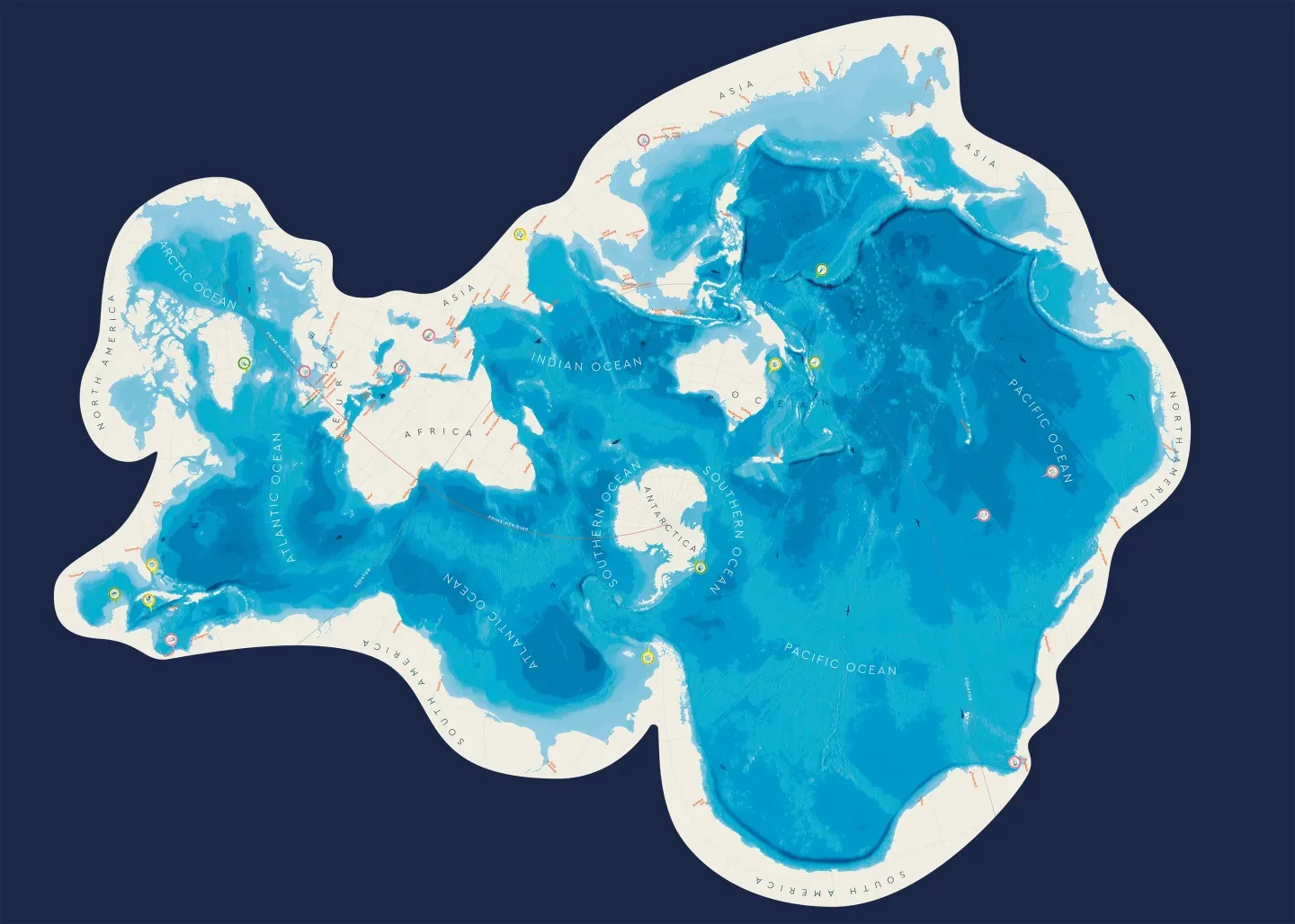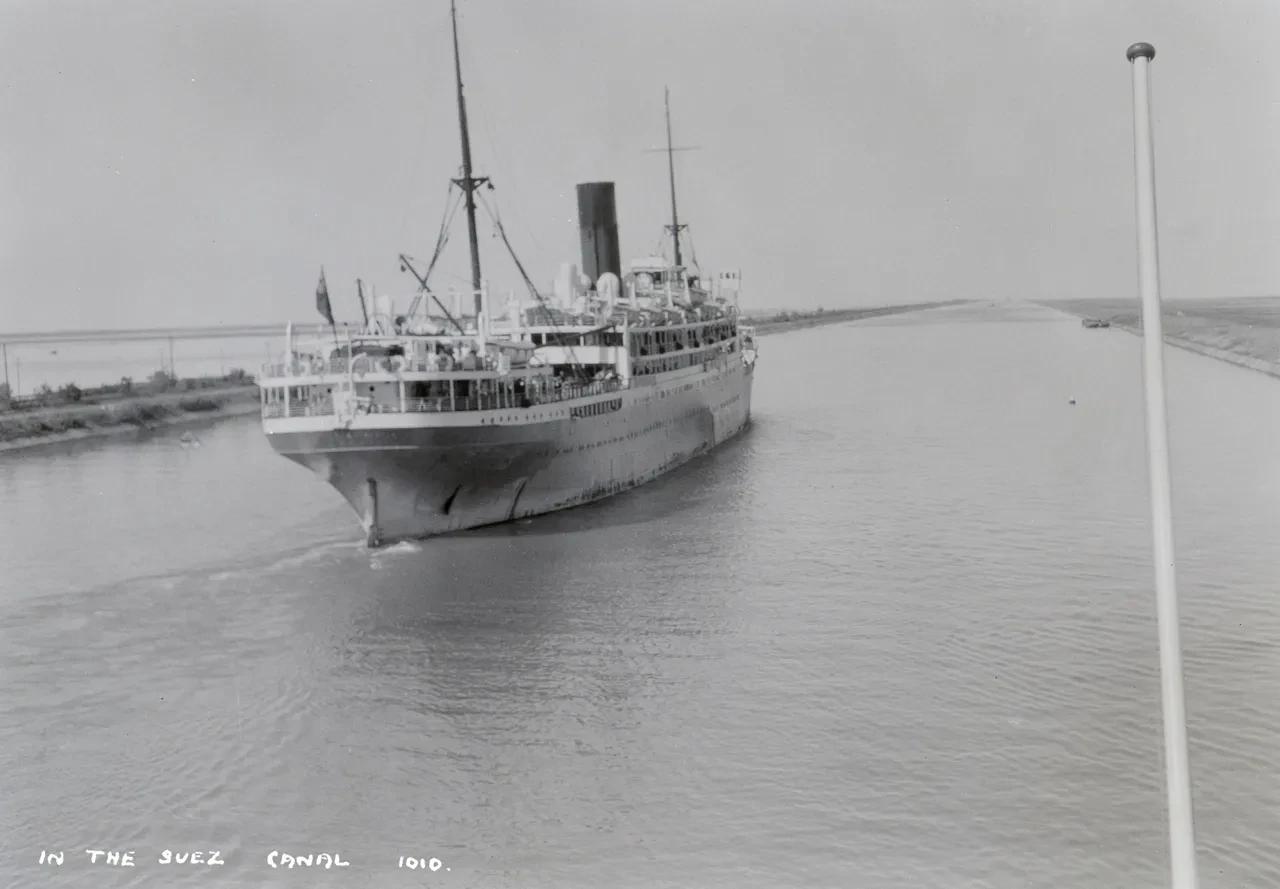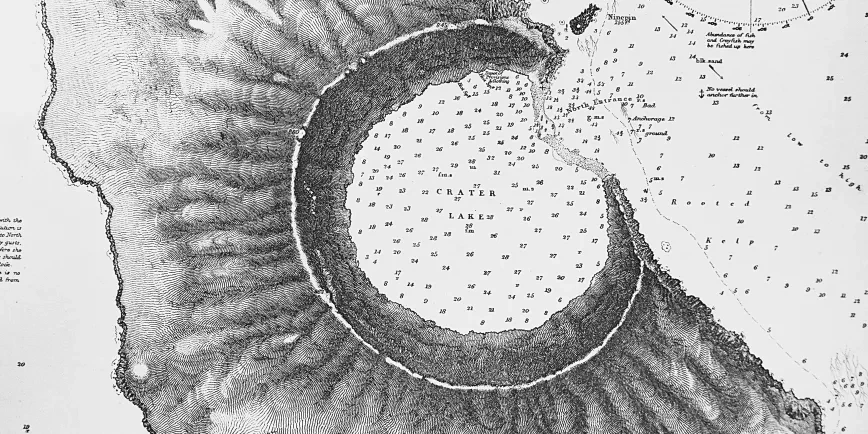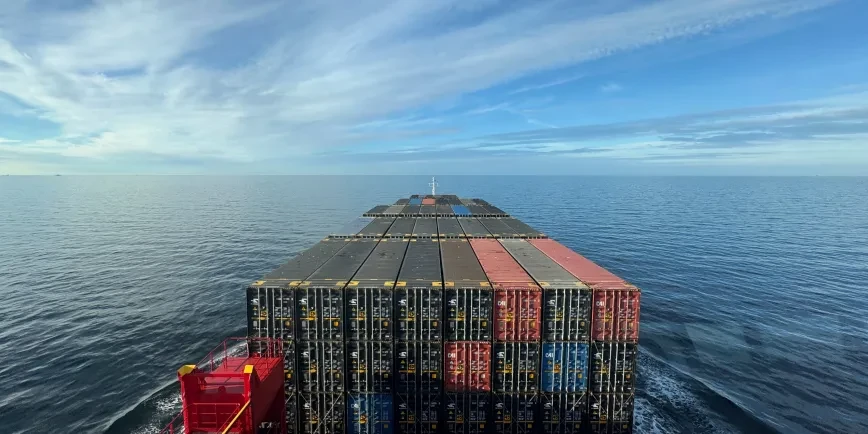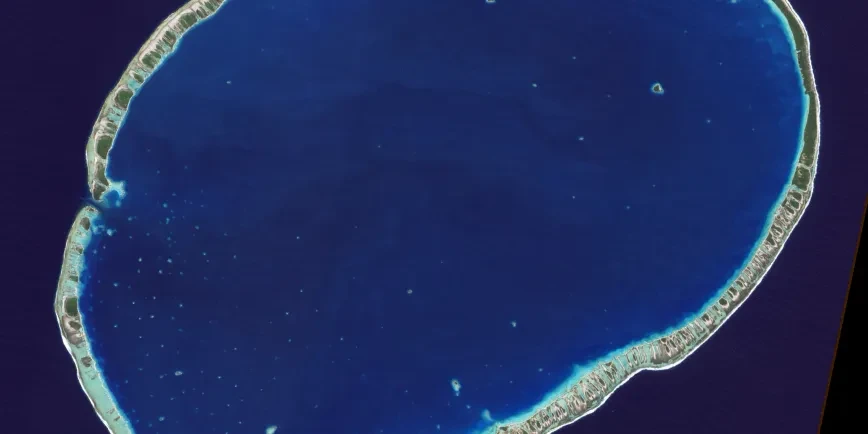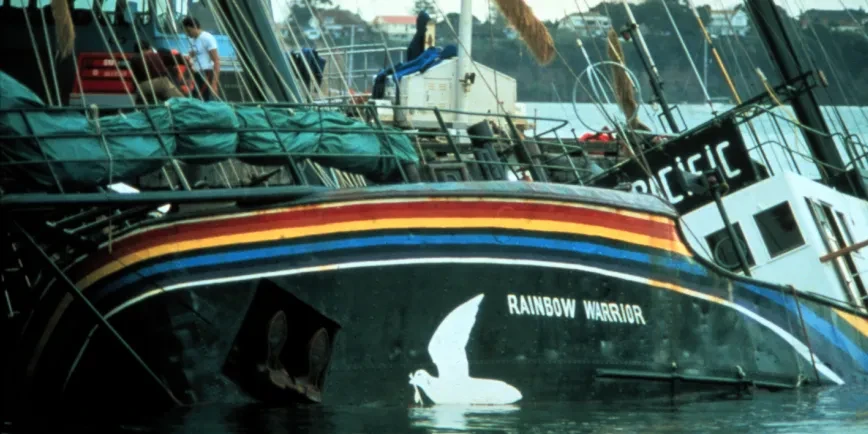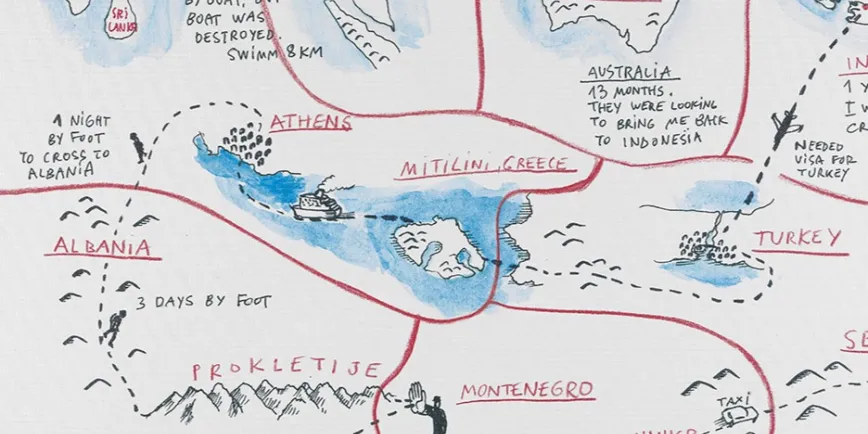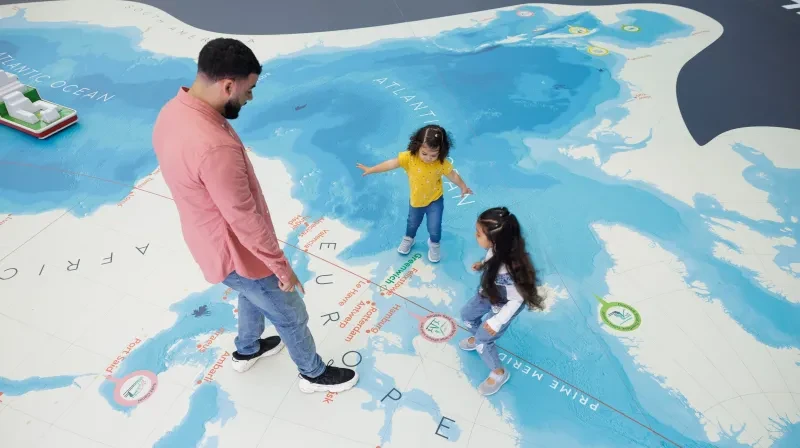
The ocean is a unique environment. It covers just over 70 per cent of the Earth's surface and is home to an incredible array of living things.
It's also full of human activity, even though most of us on land are rarely aware of it. From fishing boats to container ships, submarines to subsea cables, oil drilling to offshore wind, humans are reaching into every part of the ocean.
So if you're just dipping your toe in the water, here's a short selection of ocean facts and stats. The number start small, but they quickly get very, very big.
Starting small
1 There is one ocean that supports all life on Earth. While we often divide the ocean into named regions – such as the Pacific, Atlantic, Indian, Southern and Arctic oceans – in reality the ocean is one interconnected system.
1 litre of ocean water normally contains around 35 grams of salt. It also contains up to 38,000 different kinds of microbial life according to the Census of Marine Life, a decade-long study into the life of the ocean.
Only about 2% of the water on the planet is frozen. But if it all melted at the same time the sea level would rise by 70 metres (230ft) – almost enough to cover London's Big Ben.
The lungs of our planet
Over 30% of human-caused carbon dioxide emissions have been absorbed by the ocean. It is the world’s largest ‘carbon sink’, capturing and storing carbon dioxide found in the atmosphere.
50% of all oxygen produced on Earth comes from the ocean. Most of this is produced by plankton – marine plants, algae and bacteria that photosynthesize.
71% of the Earth is covered by the ocean. The ocean also holds about 96% of all the water on Earth.
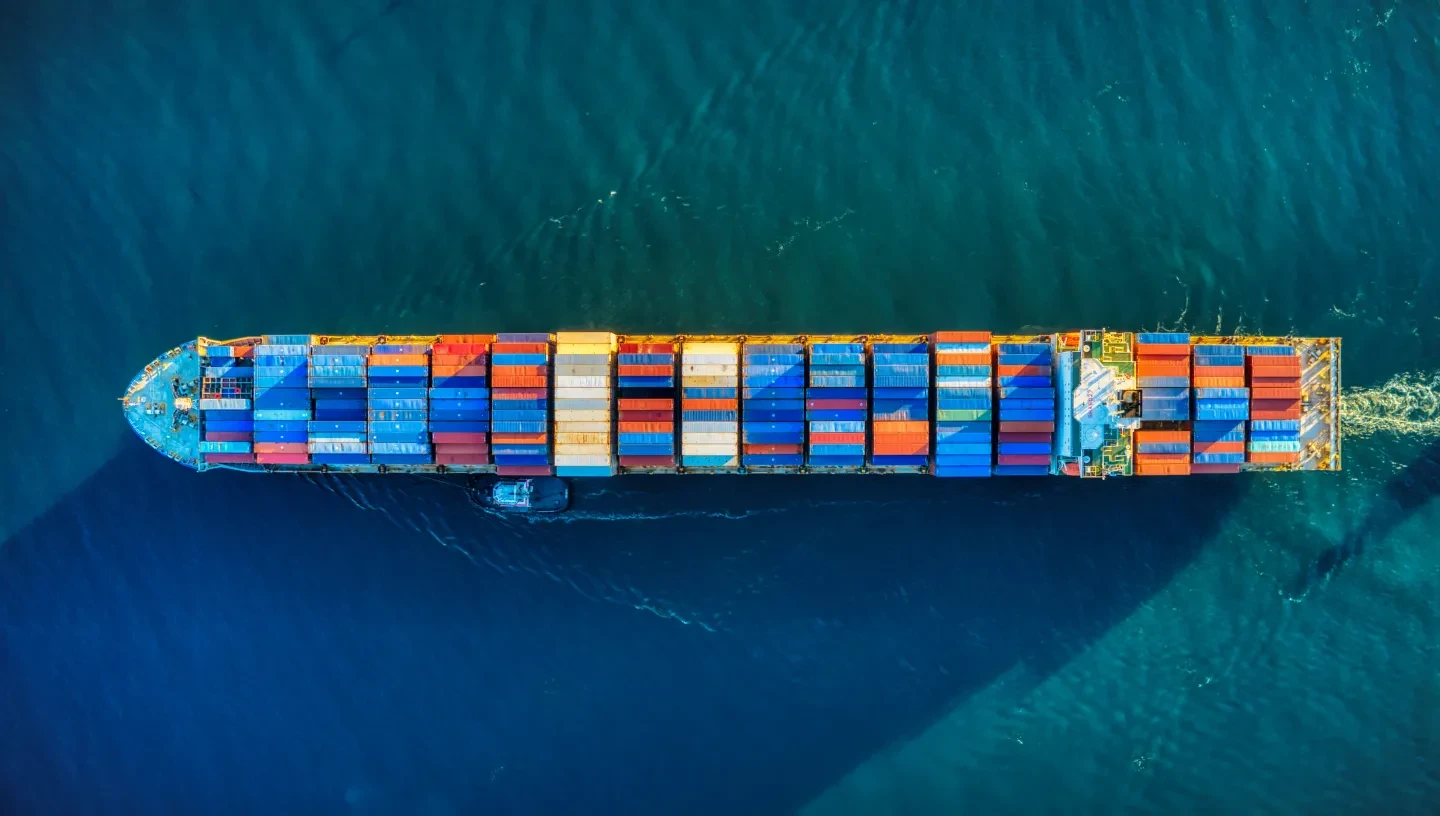
World on the move
85% of all goods entering and leaving Britain are moved by sea. In 2025 the UK Chamber of Shipping reported that over 100,000 vessels call at UK ports each year – equivalent to one port call every five minutes.
120 miles is the length of the Suez Canal, a human-made channel connecting the Mediterranean Sea to the Red Sea. The Suez Canal cut journey times by around 10 days when it was built in 1869 – but the vital maritime passage is vulnerable to geopolitical tensions. Traffic through the canal was down by more than half in 2024 compared to 2023, with companies opting to take the much longer route around Africa.
277 wind turbines will form the Dogger Bank Wind Farm located off the north-east coast of England. When completed it will be the largest offshore wind farm in the world, capable of producing enough energy to power up to six million homes a year. Renewable energy accounted for over half of the UK’s total electricity generation for the first time in 2024.
Over 600 submarine cables are currently active or being planned according to independent analysts TeleGeography. Trailed across the ocean floor, these glass fibre cables wrapped in layers of protection carry information from one place to another via pulses of light. Together they form the backbone of the internet, connecting us all.
By 2030, a group of scientists and cartographers hope to have created a complete map of the ocean floor.
2030 is a big year for the ocean in other ways too. The United Kingdom is one of a group of nations who have committed to conserve at least 30% of the world’s land and ocean by 2030. However, research published in 2025 suggested that countries are failing to meet that ‘30x30’ target, with 8.3% of global marine areas reported as currently protected and just 2.8% ‘fully’ or ‘highly’ protected.
Depths and distances
1,000 years It’s estimated it would take a single drop of water a millennium to traverse the whole world ocean. The system of currents that moves water around the world is sometimes known as the ‘global ocean conveyor belt’.
Visualisation of ocean currents moving around the globe, courtesy of NASA's Scientific Visualization Studio
2,688 km (1,670 miles) The furthest point from land anywhere on Earth is Point Nemo, named after the character in Jules Verne’s Twenty Thousand Leagues Under the Sea.
3,682 metres (12,080 feet) is the average depth of the ocean. The deepest point of the ocean meanwhile is 11,000 metres (36,000 feet). It is called Challenger Deep and is named after HMS Challenger, a nineteenth century British oceanographic expedition that took the first depth measurements of the region.
19,800km (12,300 miles) is the width of the Pacific Ocean at it widest point, measured from Colombia to Indonesia. That’s five times the diameter of the Moon.
65,000km (40,390 miles) The length of the Mid-Ocean Ridge, the largest mountain range on Earth.
An ocean of data
24,346 The number of containers carried by the largest container ship in the world, the MSC Irina. Perhaps surprisingly, larger container ships are actually often quicker to unload. According to the 2024 UN Review of Maritime Transport, it took on average just 36 seconds to move a container on board the largest ships; the smallest ships by contrast needed over four minutes per container.
Almost 248,000 marine species have been classified according to the World Register of Marine Species (WoRMS), a global online database of ocean life. But this is estimated to be only a tiny fraction of the total number of species in the ocean.
Between 1 and 1.7 million tonnes of plastic is estimated to end up in the ocean every year. Plastic debris has even been found in the Mariana Trench, nearly 11,000 metres down.
5.9 million tonnes of Peruvian anchovy were caught in 2021, making it the most-caught fish species in the world. Across all species, 64.5% of global fish stocks are currently sustainably managed according to the UN. In 1974, that figure was 90%.
39 million China built more new merchant ships than the rest of the world combined in 2024. New vessels from China delivered more than 39 million GT (gross tonnage, a measure of cargo carrying capacity) – more than half of the global total.
Billions and trillions
5 billion tons of sea life – mainly plankton – travels from the depths of the ocean to the surface to feed every night. It's the largest migration on Earth.
$1.5 trillion is the estimated value of the global ocean economy according to the London School of Economics. The ocean economy is defined as ‘all economic activities related to the ocean, such as offshore oil and gas, marine equipment and construction, container shipping, shipbuilding and repair, cruise tourism, port activities and marine energy. It also includes the ocean’s natural assets and the ecosystem services it provides.’
1.8 trillion plastic pieces are estimated to be floating in the ‘Great Pacific Garbage Patch’, the largest accumulation of ocean plastic in the world. Most of these pieces are microplastics, less than 5mm in size.
1 quadrillion The 'bristlemouth' is considered to be the most abundant animal on Earth, with some scientists estimating their number to be in the quadrillions (thousands of trillions). These small fish live in the 'twilight' or 'mesopelagic zone' of the ocean, up to 1,000 metres deep.
Our relationship with the sea is changing. Discover how the ocean impacts us – and we impact the ocean – with the National Maritime Museum.
